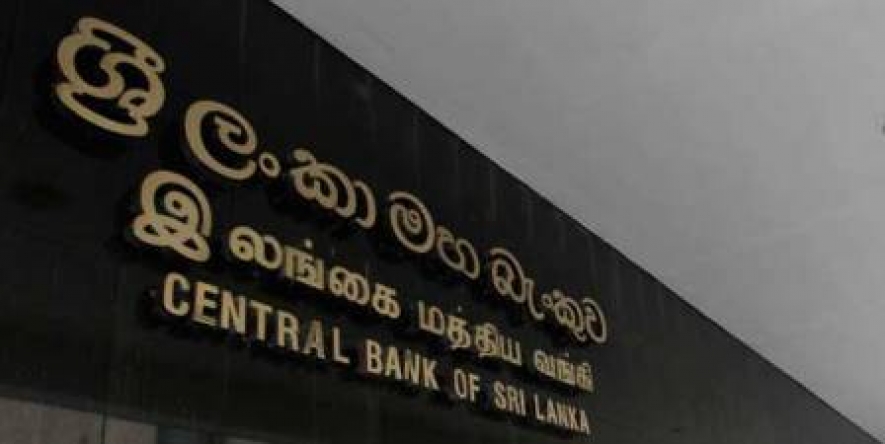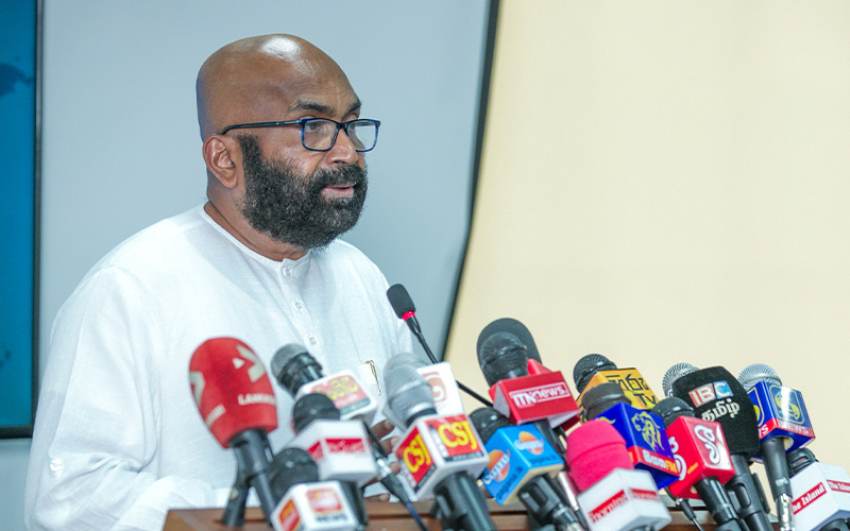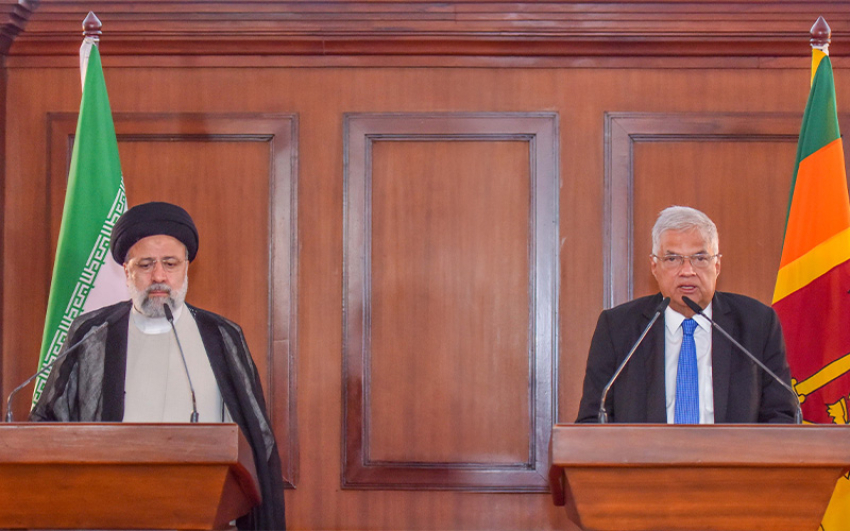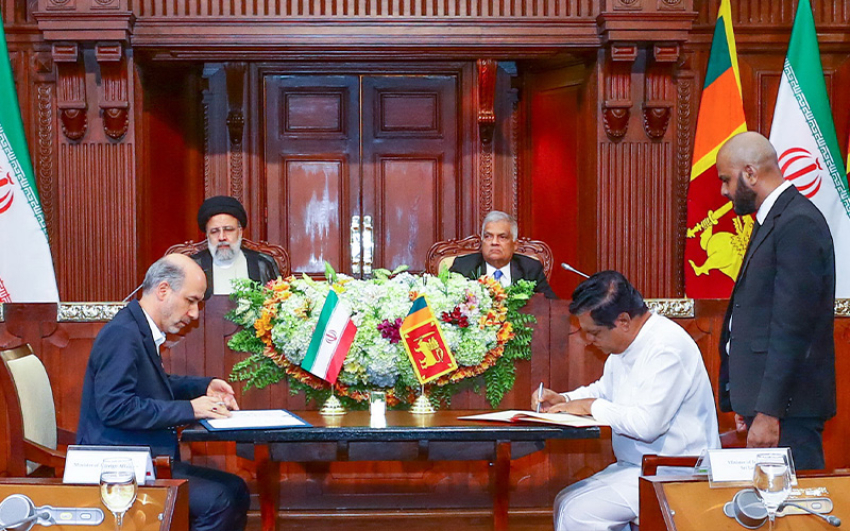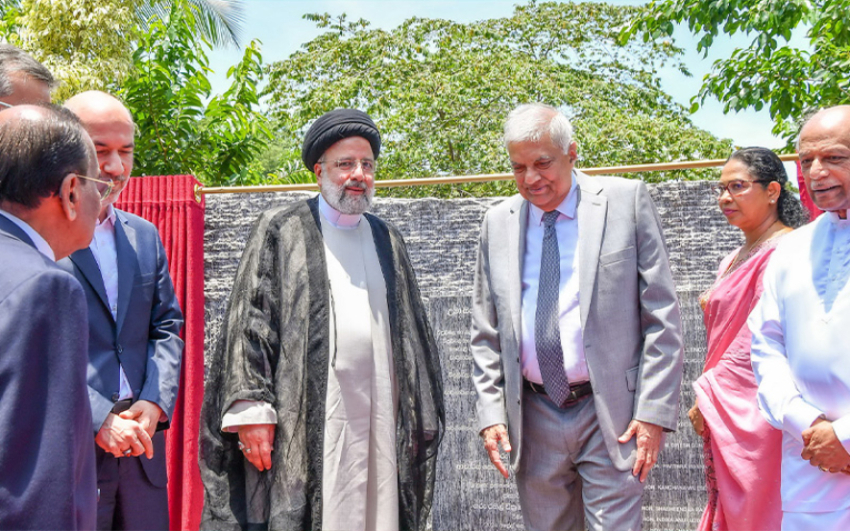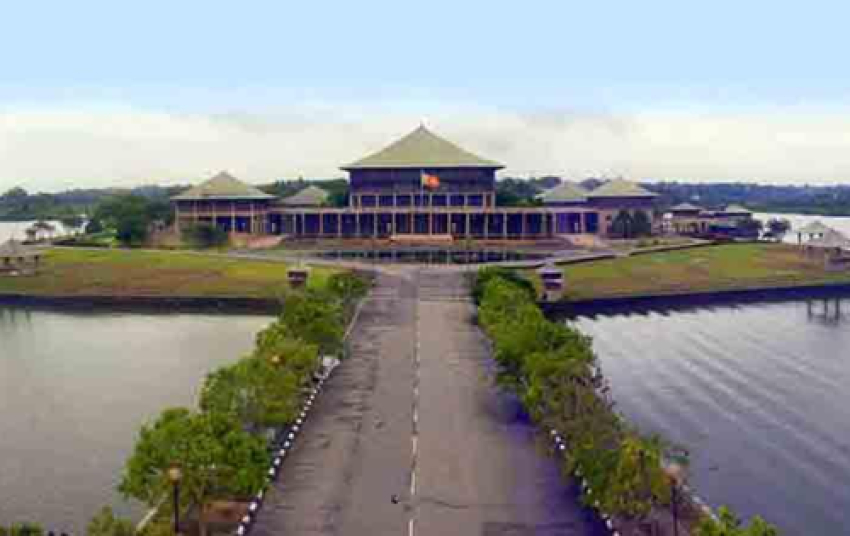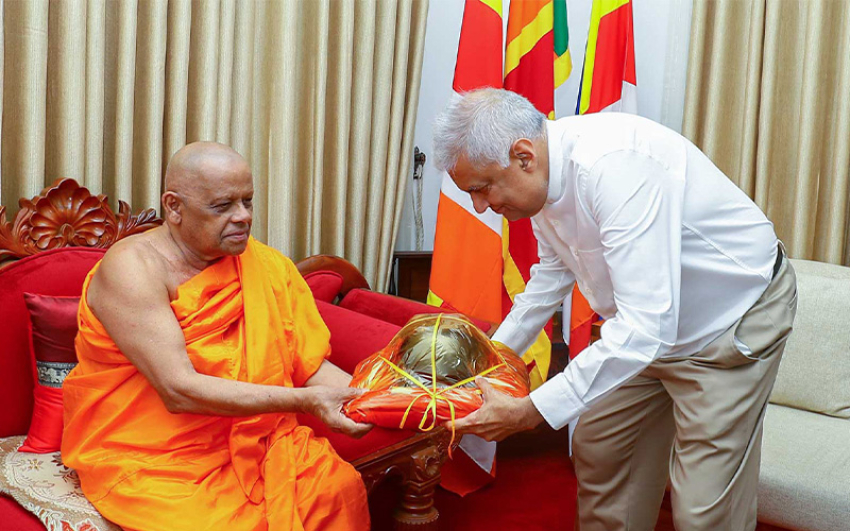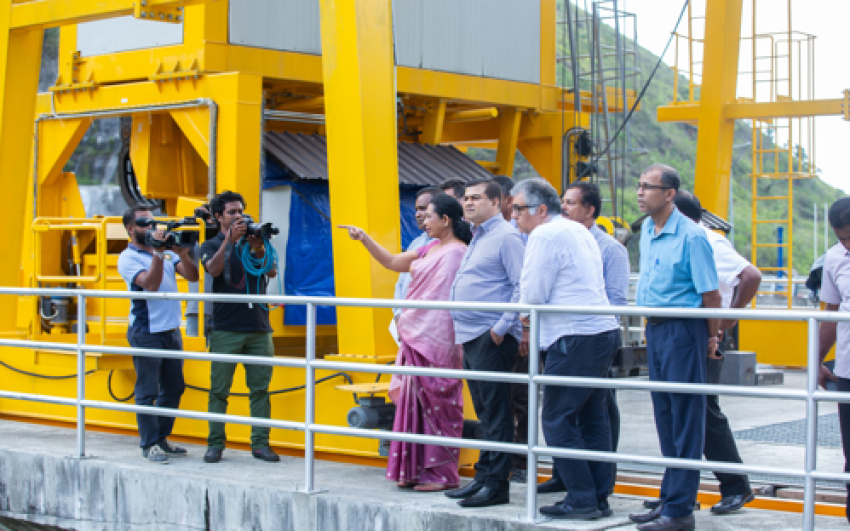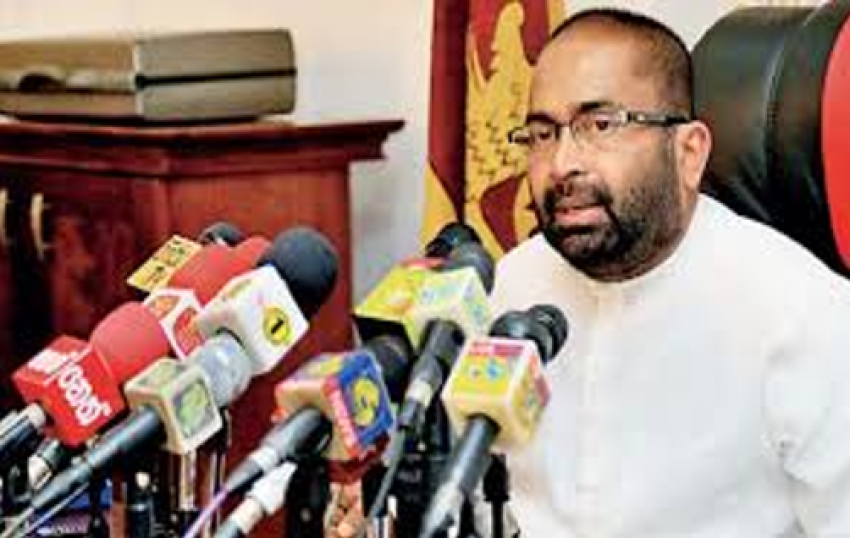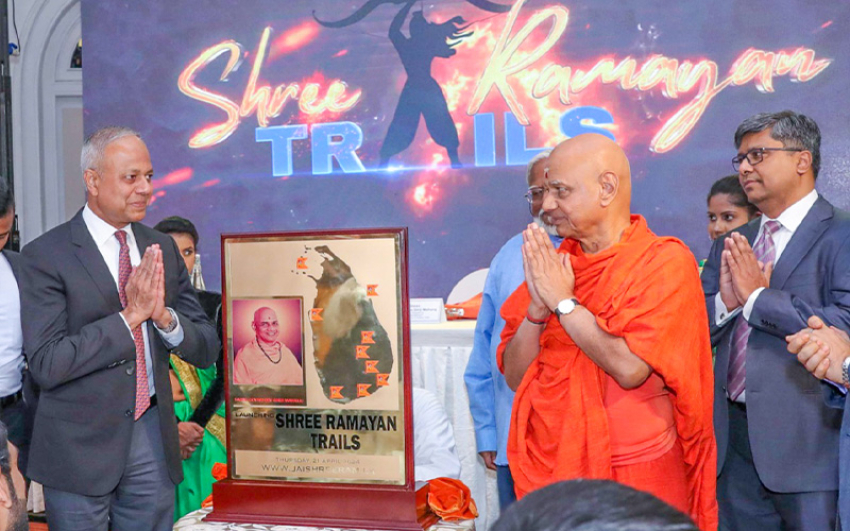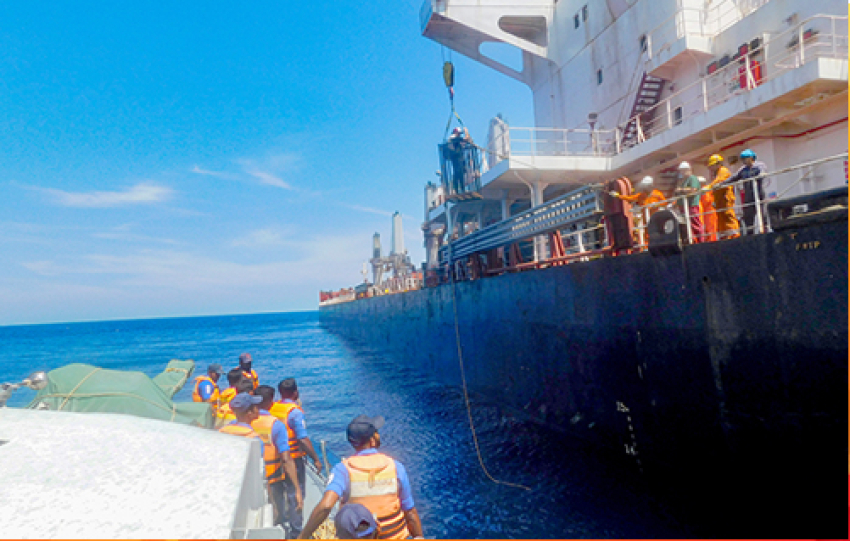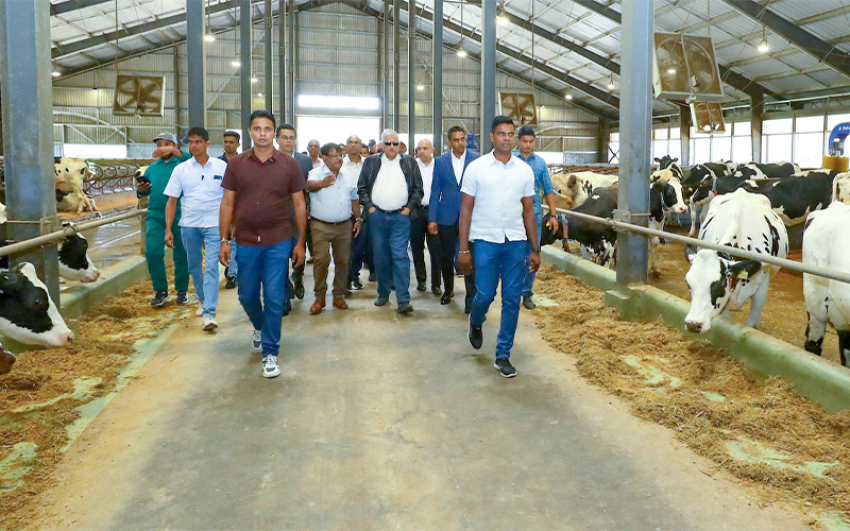Speaking at the eighth monetary policy review media conference held at the Central Bank yesterday, Dr. Coomaraswamy said that this was largely due to higher earnings from textiles and garments (7.9%), tea (26.1%), spices (47.9%), food, beverages and tobacco (48.2%), rubber products (15.4%) and petroleum products (28.4%).
Dr Coomaraswamy said that Sri Lanka’s economy continues to stabilize in broad terms and the ongoing stabilization process is being endorsed by the fact that the IMF Executive Board approved the third review of the Extended Fund Facility this year.
“All this means there is a degree of confidence in the Sri Lankan economy and it seems to be improving as far as international capital markets, rating agencies and investors are concerned. There seems to be increasing confidence in the Sri Lankan economy around the world and the economy is in a reasonably good place at the end of this year.”
The country is making progress on the stabilization process, the Governor said, adding that Sri Lanka needs to get growth up through economic reforms, not by artificially stimulating it, but by introducing appropriate macroeconomic policies.
“On a number of fronts, things have improved in terms of private sector credit, imports, etc. But there are two other data points we will keep looking at, which are wages and inflation expectations. Going forward, we need to balance things out. In addition, we are beginning to see some recovery in oil prices, which should have a positive impact on remittance.”
The monetary policy review further revealed that Sri Lanka’s headline inflation continued to remain at high levels due to high food prices, while core inflation decelerated in November 2017.
The Central Bank also noted that growth of credit to the private sector continued to decelerate in November 2017 as expected and y-o-y credit growth to the private sector further declined to 15.4% in November 2017 from 16.2% in October 2017.
The cumulative expansion in credit during the first 11 months of 2017 was Rs. 557.5 billion compared to Rs. 676.2 billion in the corresponding period of 2016.
The rupee depreciated by 1.9% against the US dollar during the year up to December 27.
The Central Bank purchased around USD 1.7 bn (on a net basis) from the forex market. Cumulative net foreign inflows to the government securities market amounted to USD 452.1 million (up to December 26) while foreign investments in the CSE (secondary market) recorded a net inflow of USD 120.1 million up to December 27.
In October 2017, the deficit in the trade account contracted to USD 752 million from USD 868 million in October 2016.
During the first 10 months of 2017, cumulative trade deficit increased to USD 7,591 million from USD 6,994 million during the corresponding period of 2016.
Export earnings increased by 14.1 % (y-o-y) to USD 976 million in October 2017. This was largely due to higher earnings from textiles and garments (7.9%), tea (26.1%), spices (47.9%), food, beverages and tobacco (48.2%), rubber products (15.4%) and petroleum products (28.4%).
Import expenditure increased marginally by 0.2 % (y-o-y) to USD 1,727 million in October 2017. This low growth was mainly led by lower imports in sugar (-75.3%), crude oil (-44.5%), and machinery and equipment (-12.7%).
Workers’ remittances decreased by 7.9% to USD 5,518.2 million during the year up to October 2017 compared to the increase of 3.5% observed in the corresponding period in 2016.
Meanwhile, the Central Bank yesterday announced that it has decided to maintain policy interest rates at their present levels.
However, the CBSL will continue to cautiously monitor the developments in the economy and take necessary policy actions, if warranted, it says.
The Sri Lankan economy grew moderately by 3.7% during the first nine months of 2017. Agriculture activities were adversely affected by both drought and flood conditions while Industry activities were driven by construction (2.6%), and manufacturing (2.4%). Services activities were supported by financial services (19.6%), telecommunication (19.5%) and insurance activities (10.9%).
The Central Bank said Sri Lanka’s inflation is expected to return to its desired level towards the end of the first quarter of 2018.

